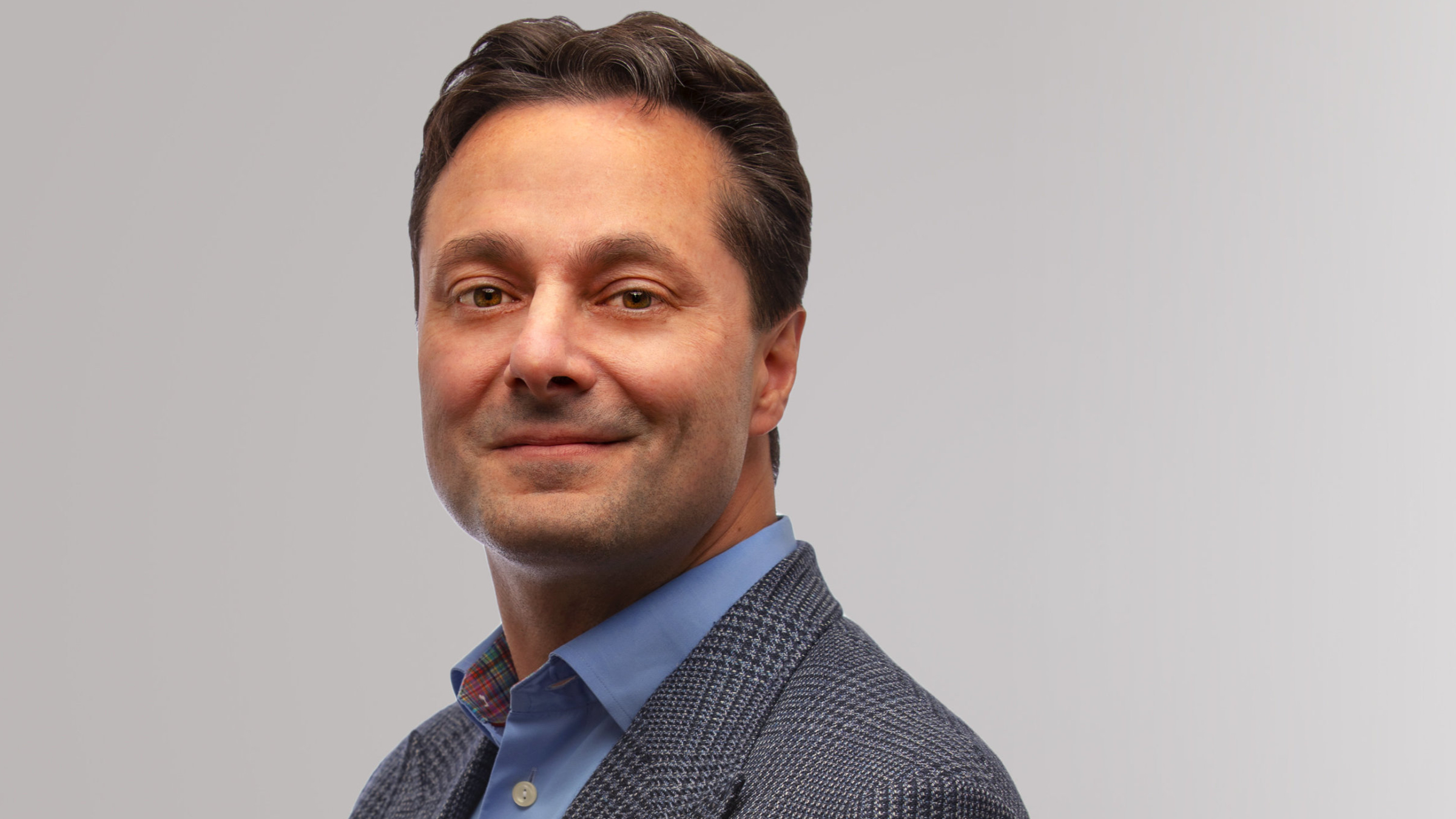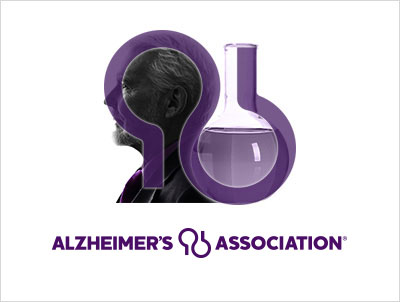Experiencing burnout can be a profound challenge, leaving individuals feeling lost and overwhelmed. For Zahaan Bharmal, a Google employee and recipient of NASA’s Exceptional Public Achievement medal, his journey through burnout led him to draw parallels between his experiences and principles from physics. This exploration highlights the importance of understanding stress and resilience in both personal and professional contexts.
The Impact of Job Loss and Burnout
Bharmal’s challenges began in 2001 when he faced redundancy just nine months into his first job after university. Despite his dedication and hard work, he found himself feeling devastated. The loss felt like a violation of the structured, predictable universe he believed in, where hard work led to success. Instead, the reality was shaped by broader economic factors, such as the burst of the dotcom bubble, which forced many companies, including his management consultancy, to make cuts.
Reflecting on his experience, Bharmal realized that job loss is not just a personal failure but often a consequence of external circumstances. The chaos of the financial world mirrors the chaos found in physics, particularly in chaotic systems where small changes can lead to unpredictable outcomes.
Lessons from Physics on Chaos and Control
Throughout his studies, Bharmal encountered concepts that helped him understand the unpredictability of both life and work. He noted the “three-body problem,” a concept in physics illustrating how adding complexity to a system can lead to chaos. This idea resonated with him, as he recognized that life operates on similar principles, often contrasting sharply with the linear expectations of hard work leading to success.
In his personal experience, Bharmal learned that working at maximum capacity without allowance for unexpected demands makes individuals more fragile. He compared this to electrical grids, which require built-in slack to handle surges in demand. Operating at full capacity without any reserve leads to burnout and breakdowns, akin to a power grid failing under stress.
Statistics from Mental Health UK illustrate the severity of this issue. The organization reported that **91% of UK adults** experienced high or extreme stress in the past year, with young people particularly affected. Furthermore, nearly half of young workers regularly engage in unpaid overtime, highlighting a pervasive culture of overwork.
Bharmal emphasizes that stress accumulates until it reaches a critical threshold, leading to sudden burnout. He draws a parallel to heating water, which appears stable until it reaches boiling point, causing a phase transition. This analogy underscores the often invisible buildup of stress prior to a dramatic collapse.
The importance of building personal resilience cannot be overstated. Bharmal advocates for leaving room in daily schedules for unexpected events and stresses that recovery is essential, not a luxury. He argues that society has constructed an economy that values overwork and views burnout as an individual shortcoming rather than a systemic flaw.
Rethinking Work Culture
The recent findings from the **Keep Britain Working** review indicate a growing number of individuals are leaving the workforce due to mental health issues. Bharmal poses a critical question: is the relentless expectation to operate at full capacity contributing to this troubling trend?
To foster a healthier work environment, it is vital to recognize that resilience requires some inefficiency. Effective systems must incorporate slack to absorb unexpected pressures, allowing individuals to thrive rather than merely survive. While Newton’s second law of motion remains relevant, Bharmal wishes he had understood earlier that success is not solely about exerting force; it is equally important to know when to ease off.
By applying these principles from physics to his life, Bharmal has begun to navigate the complexities of work and stress more effectively. His experience serves as a reminder that understanding our limits and building resilience are key steps toward preventing burnout and fostering a healthier, more sustainable work culture.







